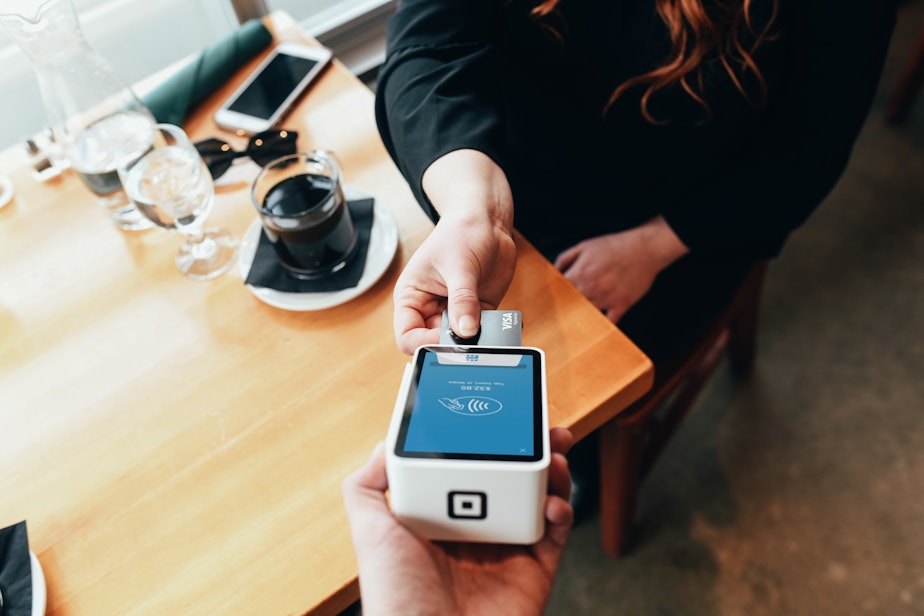How much should you tip in 2023? An etiquette expert weighs in

Is it 25% at your hairstylist, 15% at the dry cleaner, and 20% for an oil change? How about the butcher or the baker?
Lately it feels like we’re tipping here, there, and everywhere. But what’s the tipping point?
The etiquette and ethics of when to kick in a little more cash for a given service have changed dramatically in recent years.
Lois Ko is the owner of Sweet Alchemy Ice Cream with locations in Seattle’s University District, Capitol Hill, Ballard, and Bellevue. Even she gets sticker shock when she hits the tip screen.
"I'm like, 'Whoa — 35% is like a lot," Ko said. "In the beginning, I was like, ‘Am I not the norm? Is this what everyone else is doing?’”
Ko said that tipping varies across her different store locations. Capitol Hill patrons tend to tip the most, University District patrons the least. But the University District location also tends to have more purchases.
Ko pointed out that credit card processing companies hold a lot of sway in how tipping is presented to the customer.
Sponsored
“I feel like the credit card processing companies who make our point of sale systems are somehow driving this conversation. And I wish that it was more up to the workers to drive that conversation.”
It’s confusing, and a little shame-inducing, to be confronted with the tip prompt on a register and not know quite how to respond.
Arden Clise is a Seattle-based etiquette expert, and is the founder and president of Clise Etiquette. She said when you're deciding how to tip, there are multiple factors to consider: how much effort went into the services, if the employee makes a livable wage, and what exactly the job entails.
"If someone [works at] a grocery store or the mini mart, or the clothing store — basically most retail stores and they're just simply cashing you out — no need to tip."
Like Ko, Clise said our tipping expectations have changed due to point of sale systems. When someone flips over a tablet, or hands you a device, you're greeted with a tip screen.
Sponsored
"You're faced with tips a lot more often, because they just build in that option to give a tip," Clise said.
The pandemic has also changed how the public thinks about tipping.
"Before Covid, we tipped when we felt that it was good service, or that we really wanted to show our appreciation," Clise said.
But with the pandemic came more appreciation for frontline service workers.
"We are feeling that we want to tip more, because we are aware of how much people are making — I should say how little they're making."
Sponsored
But Clise emphasized that while it's nice to do, it's not essential in every situation. For example, when you're handed a tip screen at the farmer's market.
"If it's just at the point of sale, and you're simply paying for the goods that you purchased — no."
Clise added that it also depends on your means. Consider what you can afford, as well as how much effort went into the service, as you consider when or how much to tip.
Lois Ko of Sweet Alchemy Ice Cream said that while pressure to tip is high, it’s definitely not required. But when tips come in, the staff do appreciate it.





